Drone enthusiasts and professionals face a significant update as DJI implements new rebinding policies effective today, June 19, 2025. The change, detailed in an official announcement from DJI’s support forum, restricts rebinding, unbinding, and binding requests to the original account holder, enhancing security for second-hand transactions, gifting, and corporate assets. This shift marks a pivotal moment for the Drone Industry, affecting how ownership transfers occur and requiring pilots to adapt their processes.
Enhanced Security Drives Policy Change
DJI’s decision stems from a need to safeguard user accounts, particularly for devices involved in second-hand sales or transfers. Starting today, only the bound account holder can initiate these services, ending support for third-party requests. The company states, “DJI Service will only process rebinding, unbinding, and binding requests submitted by the bound account holder.” This move aligns with industry trends toward stricter account management, reflecting growing concerns over unauthorized access as drone usage expands globally. For pilots, this means planning transfers more carefully to avoid delays.
Step-by-Step Rebinding Process for Smooth Transitions
The new policy requires a clear handover process. The previous owner must unbind the drone from their DJI account via the DJI Fly App before transferring it. The new owner then binds the drone and remote controller to their own account. DJI outlines the steps:
- The previous owner unbinds the drone from their account.
- The new owner binds the drone to their own account.
- The new owner binds the remote controller.
A detailed guide, “Pre-Owned Drone? Rebind Before Takeoff!” is available on DJI’s homepage, offering a resource for completing this process. This structured approach ensures operational continuity, especially for popular models like the DJI Mini 4 Pro, which boasts a flight range of 5.2 kilometers (about 3.2 miles) and 58 minutes of flight time.

Technical and Economic Implications for Pilots
Technically, the change leverages the DJI app’s existing unbinding feature, as shown in the support image where users select “Remove Device from Account.” This simplifies account management but adds a step for transfers, potentially increasing setup time. Economically, the policy could impact the second-hand market, where quick ownership changes are common. Buyers may face delays if sellers fail to unbind devices, possibly affecting resale values or trade-in deals. For recreational pilots and enterprise users—spanning DJI Mavic, Air, Mini, Avata, and Matrice series—this underscores the importance of verifying device status before purchase.
Industry and Regulatory Context
This update reflects broader industry shifts toward secure device ecosystems, a trend seen in tech giants like Apple and Samsung. For drone operators, it may prompt regulatory bodies to consider similar requirements, especially as airspace management grows stricter. DJI’s focus on the bound account holder also protects against fraud, a rising concern as drone sales hit millions annually. Pilots should Review their devices—covering consumer, enterprise, and handheld lines like Osmo Action—against this policy to ensure compliance and seamless operation moving forward.
The new rules, effective as of today, demand proactive steps from the drone community. By following DJI’s guidelines, pilots can maintain access to their devices while embracing enhanced security measures.

Discover more from DroneXL.co
Subscribe to get the latest posts sent to your email.


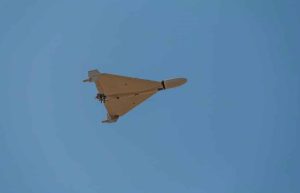





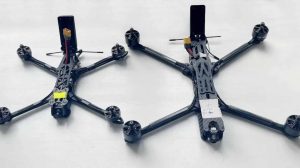
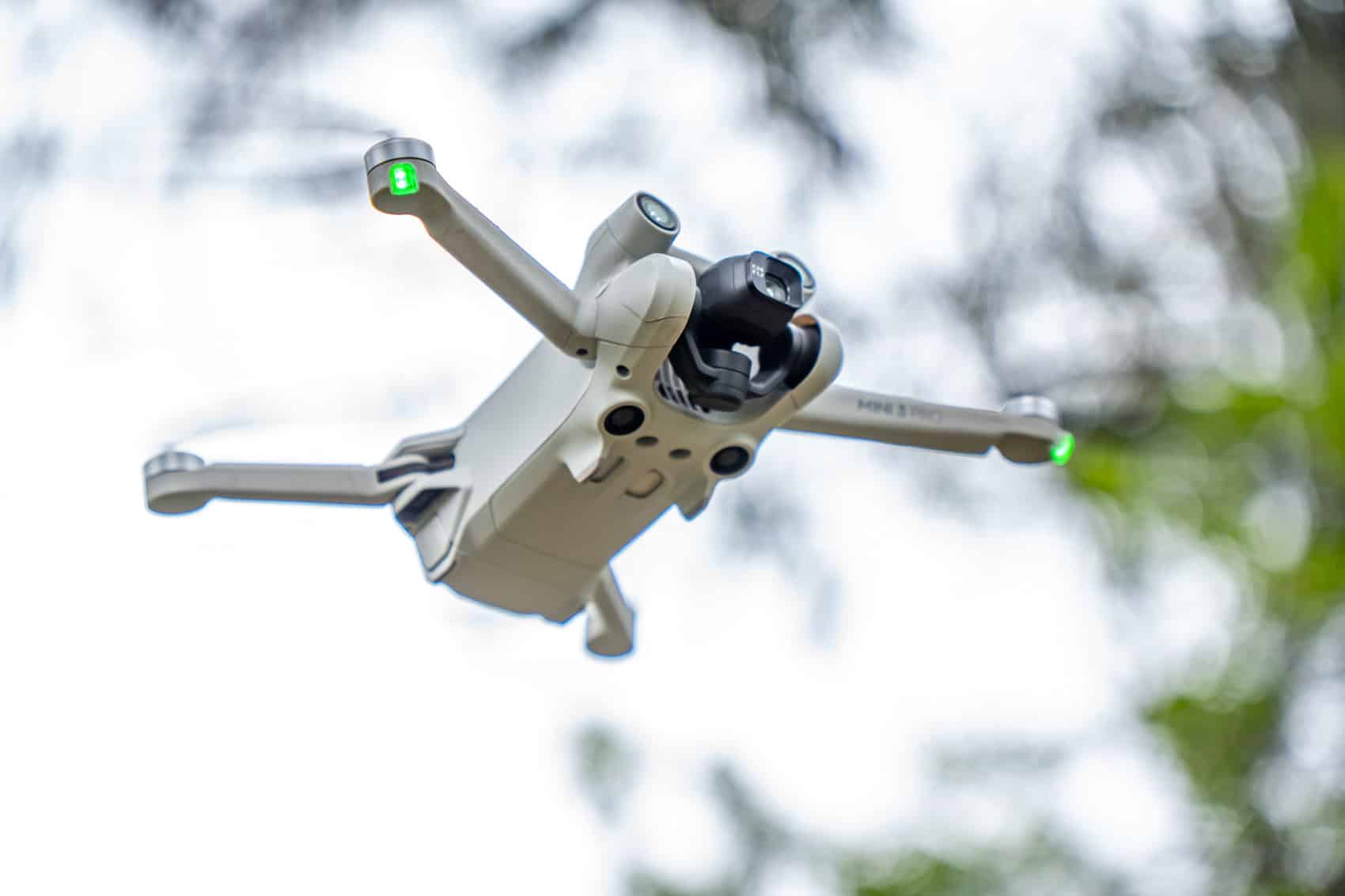
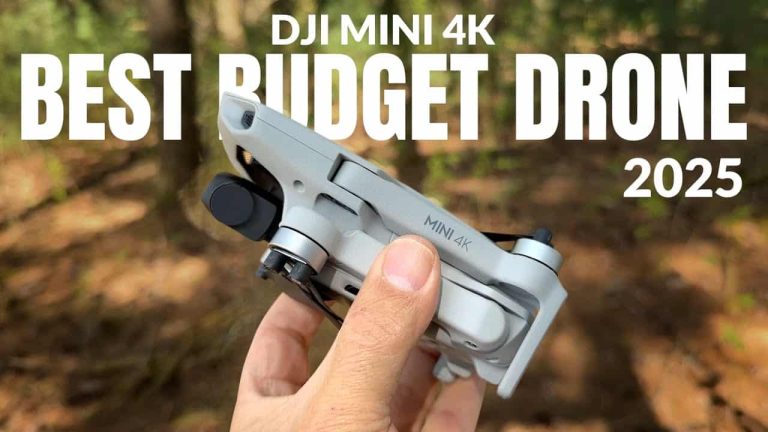

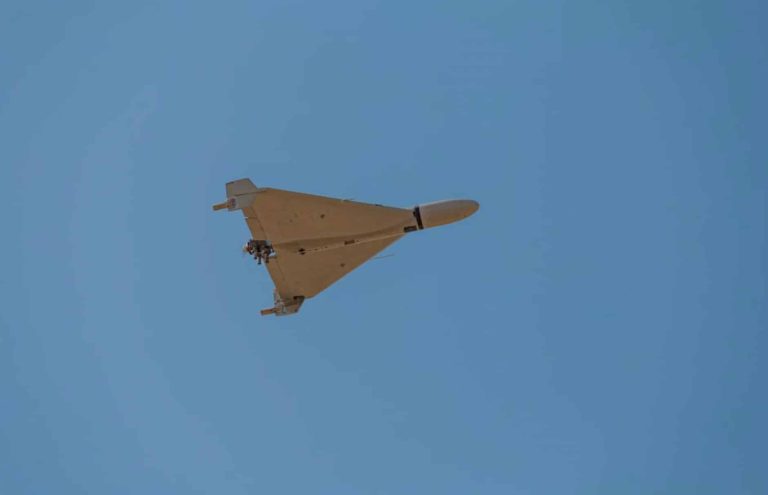
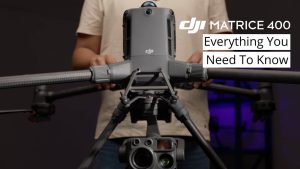


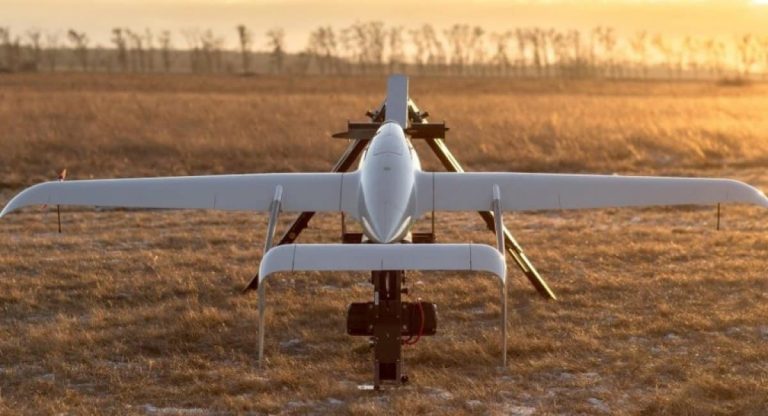



+ There are no comments
Add yours